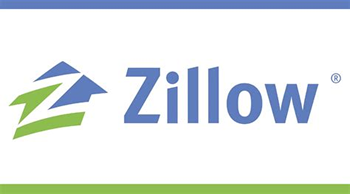Mortgage industry maintains compliance under Trump administration
The lending industry is becoming more comfortable with its ability to maintain compliance under President Donald Trump’s administration.
Wolters Kluwer, which provides legal and banking professionals with solutions to ensure compliance, conducted its 2019 Regulatory and Risk Management Indicator survey, which showed banks and credit unions saw a 10-piont increase in their main indicator score from 2018. In the survey, participants scored a 95.
The calculation of the Main Indicator Score is based on several factors, including the number of new federal regulations, number of enforcement actions and the total dollar amount of fines imposed on banks and credit unions over the past 12 months, together with additional information provided by survey respondents. The survey was conducted nationwide between August 7, 2019, and September 3, 2019, and generated 704 responses.
“Respondents indicated more confidence in their ability to maintain compliance, keep track of changing regulations, and demonstrate compliance to regulators, reaching the highest confidence levels in the survey’s seven years,” said Timothy Burniston, Wolters Kluwer’s Compliance Solutions senior advisor for regulatory strategy. “These findings suggest a strengthening of lenders’ compliance program management practices.”
And while some of it could be from a strengthening of compliance programs, how much is also coming from the fact that there are fewer regulations to follow?
Earlier this year, the U.S. Department of the Treasury released a 21-page report entitled Regulatory Reform Accomplishments Under President Trump’s Executive Orders, which, as the title suggests, details the actions it has taken toward decreasing regulations.
Trump took several executive actions at the beginning of his administration to establish regulatory reform as one of his main policy priorities. On January 30, 2017, the president issued Executive Order 13771, “Reducing Regulation and Controlling Regulatory Costs.” This order declares that for every new significant regulation issued, at least two prior regulations, sufficient to offset the incremental cost of the new regulation, be identified for elimination.
“That said, relatively high levels of concern across a range of areas remain, reinforcing the reality that regulatory compliance and risk management issues continue to significantly challenge financial institutions,” Burniston said.
So what were the major hold-ups? The survey showed 47% of respondents ranked manual compliance processes as a seven or higher concern on a scale of 10, and 45% cited inadequate staffing, both slight increases over 2018 levels.
Concerns about managing increased HMDA analysis and reporting obligations jumped significantly among reporters, particularly in their ability to analyze newly collected HMDA data—moving from 21% in 2018 to 35% in 2019—and in reporting those expanded data to regulators, moving from 15% last year to 40% in 2019.
From a risk management perspective, cybersecurity continued to rank as the top risk with 78% of respondents anticipating escalated priority over the next 12 months, followed by compliance risk at 47% and credit risk at 45% of respondents ranking them as a seven or higher.






